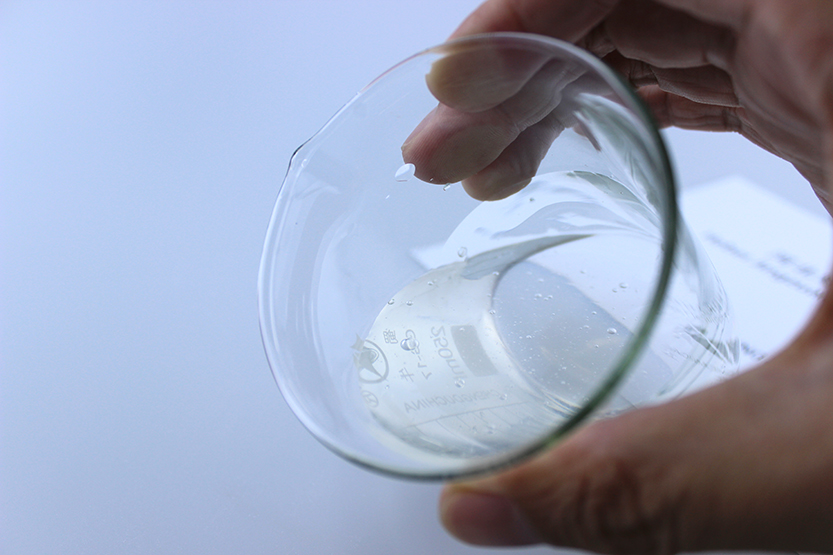
Rhag . 07, 2024 15:45 Back to list
hpmc for tile adhesive
Exploring HPMC for Tile Adhesive Properties and Applications
Hydroxypropyl Methylcellulose (HPMC) is a versatile cellulose derivative commonly used in various applications, including tile adhesives. As the demand for high-performance construction materials increases, HPMC has emerged as a key ingredient in formulating tile adhesives, enhancing their performance characteristics and ease of application. This article will delve into the properties of HPMC, its role in tile adhesives, and the benefits it provides in construction.
What is HPMC?
Hydroxypropyl Methylcellulose is a non-ionic, water-soluble polymer derived from natural cellulose. The modification process introduces hydroxypropyl and methyl groups into the cellulose structure, resulting in a product with unique properties. HPMC is available in various grades, each tailored for specific applications, which can affect viscosity, gel temperature, and solubility.
Properties of HPMC
1. Water Retention One of the most crucial properties of HPMC is its ability to retain water. This characteristic is particularly important in tile adhesives, as it allows for better adhesion and prolonged working time. The retained moisture ensures that the adhesive remains workable before setting, making it easier for applicators to achieve smooth and even application.
2. Thickening Agent HPMC acts as an effective thickener, providing the adhesive with an optimal viscosity. This property aids in improving the handling characteristics of tile adhesives, preventing them from sliding down vertical surfaces. It ensures that the adhesive can hold its shape and provides a strong bond between the tile and substrate.
3. Improved Open Time Open time refers to the period during which the adhesive remains usable after application. HPMC enhances the open time of tile adhesives, allowing for adjustments during installation without compromising the strength of the bond once the tile is set.
4. Flexibility and Adhesion HPMC contributes to the flexibility of tile adhesives, making them less prone to cracking under stress. This flexibility is essential for applications on substrates that may experience movement, such as wooden floors or areas subjected to temperature fluctuations. Furthermore, HPMC improves the overall adhesion properties, ensuring a robust bond between various surfaces.
hpmc for tile adhesive

5. Compatibility with Additives HPMC is compatible with a broad range of other additives and materials commonly used in tile adhesives. This compatibility allows formulators to create customized products that meet specific requirements, such as enhanced performance in wet environments or increased durability.
Applications in Tile Adhesives
HPMC is widely used in both cement-based and organic-based tile adhesives. The construction industry benefits from HPMC's properties in various applications
- Ceramic Tiles HPMC-laden adhesives provide excellent bonding for ceramic tiles on different surfaces, including concrete, cement backer board, and drywall
.- Glass and Porcelain Tiles For glass and high-density porcelain tiles, which require superior bonding, HPMC significantly improves adhesion, ensuring long-lasting performance.
- Natural Stone Tiles The versatility of HPMC allows for the formulation of adhesives that can safely bond natural stone tiles without causing discoloration or damage.
- Flooring Systems In flooring applications, HPMC helps to maintain the integrity of the adhesive, ensuring that tiles remain securely bonded even in high-traffic areas.
Conclusion
HPMC has become an indispensable component in the formulation of modern tile adhesives, bringing a range of benefits that enhance performance, workability, and durability. Its water retention capabilities, thickening properties, and flexibility make it an ideal choice for various applications within the construction industry. As the demand for high-quality and efficient building materials continues to grow, HPMC will likely remain a pivotal ingredient in the development of tile adhesives, facilitating easier installation and superior performance in both residential and commercial projects. By understanding the critical role of HPMC, manufacturers and applicators can leverage this material to achieve optimal results in their tile installation endeavors.
-
Unlocking the Benefits of HPMC Products: A Gateway to Versatile Applications
NewsAug.07,2025
-
Unleashing the Potential of HPMC Ashland: A Comprehensive Look
NewsAug.07,2025
-
Tile Bonding Cellulose: The Key to Superior Adhesion and Durability
NewsAug.07,2025
-
Hydroxypropyl Methylcellulose Powder: The Versatile Component in Modern Pharmaceuticals
NewsAug.07,2025
-
Hydroxyethyl Cellulose: The Versatile Solution for Various Industries
NewsAug.07,2025
-
Hydroxyethyl Cellulose (HEC): The Versatile Polymer for Various Applications
NewsAug.07,2025







